Last week, I started this series on trusts with a very basic overview of what a trust is — a legal agreement between three parties, captured in a document usually called trust agreement, where the trustee(s) manages the assets of the grantor(s) for the benefit of the beneficiary(ies). This week, I’m focusing on some of the main types of trusts. Trusts can be broadly sorted into binary categories, and it’s helpful to start with these broad categories in order to understand why your attorney is recommending one type of trust over another. Different trusts are useful for different reasons, depending on the situation.
What is a trust?
For the month of January, I’m going to explore trusts. Trusts can be a useful part of an estate plan, but they are not nearly as ubiquitous in Washington State as they are in man other parts of the country. In many states, like California and Florida, trusts are significantly easier and cheaper than probate, where a $670,000 estate could spend almost $34,000 on attorney fees and court fees. In Washington, attorney and court fees rarely exceed a few thousand dollars. Because trusts are not as frequently used in Washington, I get a lot of questions about what they are, how they work, and why I am (or am not) recommending one. This series of blogs will help explain what a trust is, what the differences are between different kinds of trusts, and when you might need one.
Why a Prenuptial Agreement Is a Good Idea for Estate Planning
Remarriage and Estate Planning
n a first marriage, the estate planning goals of each spouse are typically aligned: take care of the surviving spouse for as long as he or she lives, and then divide what’s left equally among the children. This also makes sense because most couples jointly own their assets, and estate taxes favor the surviving spouse.
But in a subsequent marriage, or when marrying later in life or after amassing significant wealth, the goals may not be so perfectly aligned.
When does "domicile" matter in estate planning?
The terms “domicile” and “residence” are often used interchangeably in normal conversation. In a legal context, however, their difference is significant, and can have a significant impact on your estate plan. Your domicile is the place where you maintain your permanent residence and where you intend to return for long periods. An individual can only have one legal domicile at a time. A residence, in contrast, is a place where you live and work, but without the intent of permanence.
What is your plan for tangible property?
There are three types of property that can transfer through a will: real property (also called real estate), intangible personal property (like cash, bank accounts, retirement accounts, insurance policies, etc.), and tangible personal property. Tangible, meaning “perceptible by touch,” refers to all the stuff we own – jewelry, vehicles, clothing, furniture, art, dishes, electronics, musical instruments, and more.
Pandemic-Related Employment Discrimination Issues
While we won’t be returning to work anytime soon, it never hurts to start thinking about the policies that will need to be in place to ensure a safe and healthy workforce. Returning to the workplace has many potential pitfalls for both employers and employees, particularly when there are employees with preexisting conditions or in high-risk groups. If employers are not careful, they may invite an Americans with Disabilities Act (ADA) suit by requiring employees to report medical information, or unfairly denying a request for a reasonable accommodation. Additionally, creating different guidelines for return based on protected classes (like age) also creates the risk of an Equal Employment Commission investigation or lawsuit.
Should Your Estate Plan Include a 529 Savings Plan?
National Estate Planning Awareness Week
In 2008, the U.S. House of Representatives designated the third week of October as “National Estate Planning Awareness Week” in order to encourage American adults to create estate plans. Despite this, more than 50% of American over the age of 18 have estate plans. This year, in the face of a global pandemic, use this opportunity to learn how to protect yourself, your family, and your business.
Medicare Open Enrollment October 15 - December 7
Every year, Medicare health and drug plans make changes to costs, coverage, providers, and pharmacies in their networks. Between coverage changes and health condition changes, it is wise to revisit health plans during the open enrollment period annually. Medicare’s annual open enrollment period begins October 15 and ends December 7.











